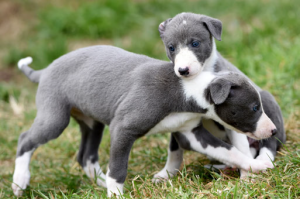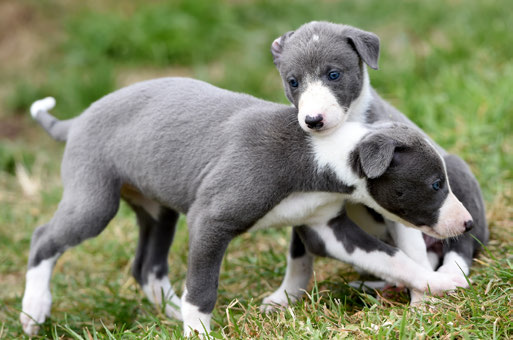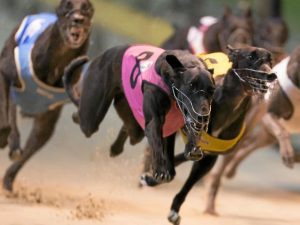
Not every dog is suited to racing.
Many of the 14,500 greyhounds bred in Australia each year are surplus to requirements. The industry calls them ‘initial wastage’ and they are discarded much like a losing lottery ticket. This is compounded by Ongoing ‘wastage’ as greyhounds are retired from racing or discarded because they are injured or do not perform as well as expected.
Wastage refers to animals bred for only one purpose and that are discarded and often subsequently killed. Breeding fell dramatically following the exposure of mass killing and live baiting across the industry. However, it is now on the increase with a 50% increase in puppies bred for racing in NSW since 2017 and a 72% increase in Victoria.
Participants are lured by prize money inflated by state governments but also by breeding incentive schemes. This is despite the industry knowing there is a huge over supply of greyhounds. The industry is currently breeding six times more greyhounds than it has the capacity to rehome.
The Special Commission of Inquiry into the Greyhound Racing Industry in NSW found that ‘the most significant contributor to immediate wastage is the number of greyhound pups whelped each year that are simply uncompetitive. Some of these greyhounds are discarded by the industry without having any racing careers. Additional greyhounds are discarded following a racing career of short duration.’
The solution to this problem is a cap on the number of greyhounds bred. The Greyhound Welfare and Integrity Commission in NSW is empowered to set and enforce breeding numbers, but has failed to act so far. Read the white paper
This is what the Australian Veterinary Association (AVA) says about breeding and rearing of greyhounds –
- “All state authorities should adopt enforceable breeder standards with regular inspection of breeding establishments to ensure compliance. These standards should require education to at least a Certificate III level for those involved in Greyhound breeding and rearing.
- All Greyhounds must be provided with appropriate environmental enrichment and opportunities to socialise with a range of different people and other animals in varying environmental situations, from puppyhood onwards.
- A national database should be established to track the entire lifecycle of the dogs.
- The community has an expectation that overbreeding should not occur.
Evidence

